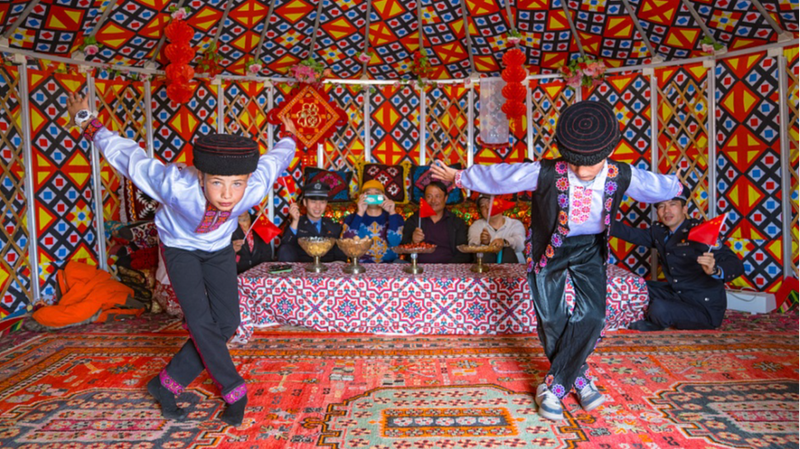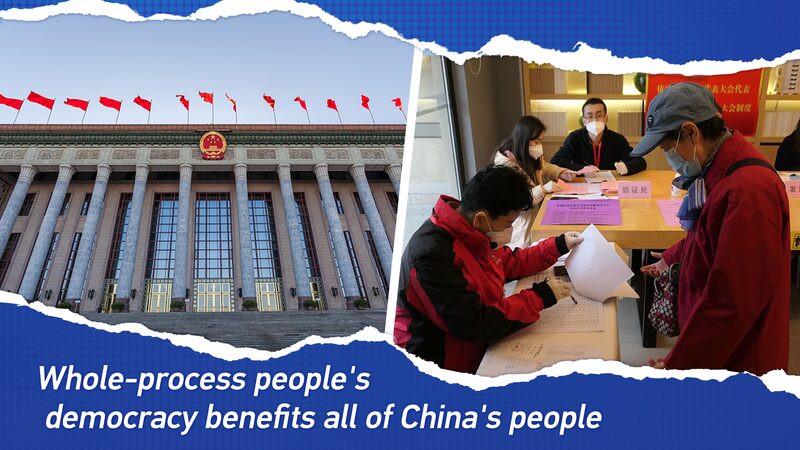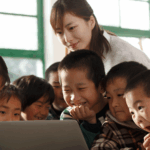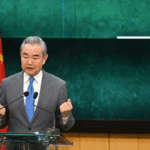China recently outlined its human rights priorities at a UN review session, spotlighting better livelihoods and safety as core goals. 🌍 Here’s how the country is reimagining rights protection for the 21st century.
Rights with a Focus on People
At the UN Human Rights Council’s 45th session in Geneva, China presented its National Human Rights Report, emphasizing a model that blends economic growth, social equality, and sustainable development. 💡 According to Chang Jian, a human rights expert at Nankai University, China’s approach centers on ‘free, comprehensive, and common development’ as the foundation for progress.
Five Pillars of Rights
China’s framework organizes rights into five interconnected categories:
- 🏡 Subsistence: Safeguarding life, health, and basic needs.
- 🚀 Development: Driving economic and social advancement.
- 🤝 Participation: Ensuring access to work, education, and cultural activities.
- 🗣️ Freedom: Protecting personal liberties and privacy.
- ⚖️ Equality: Prioritizing support for marginalized groups like ethnic minorities and people with disabilities.
Why It Matters
This strategy aims to bridge gaps between individual rights and collective progress, particularly in areas like poverty reduction and public health. 🔄 Chang notes that China views the ‘right to development’ as key to unlocking other freedoms—a perspective gaining attention globally as nations grapple with inequality.
Reference(s):
Better life, safety are China's priorities for human rights protection
cgtn.com







